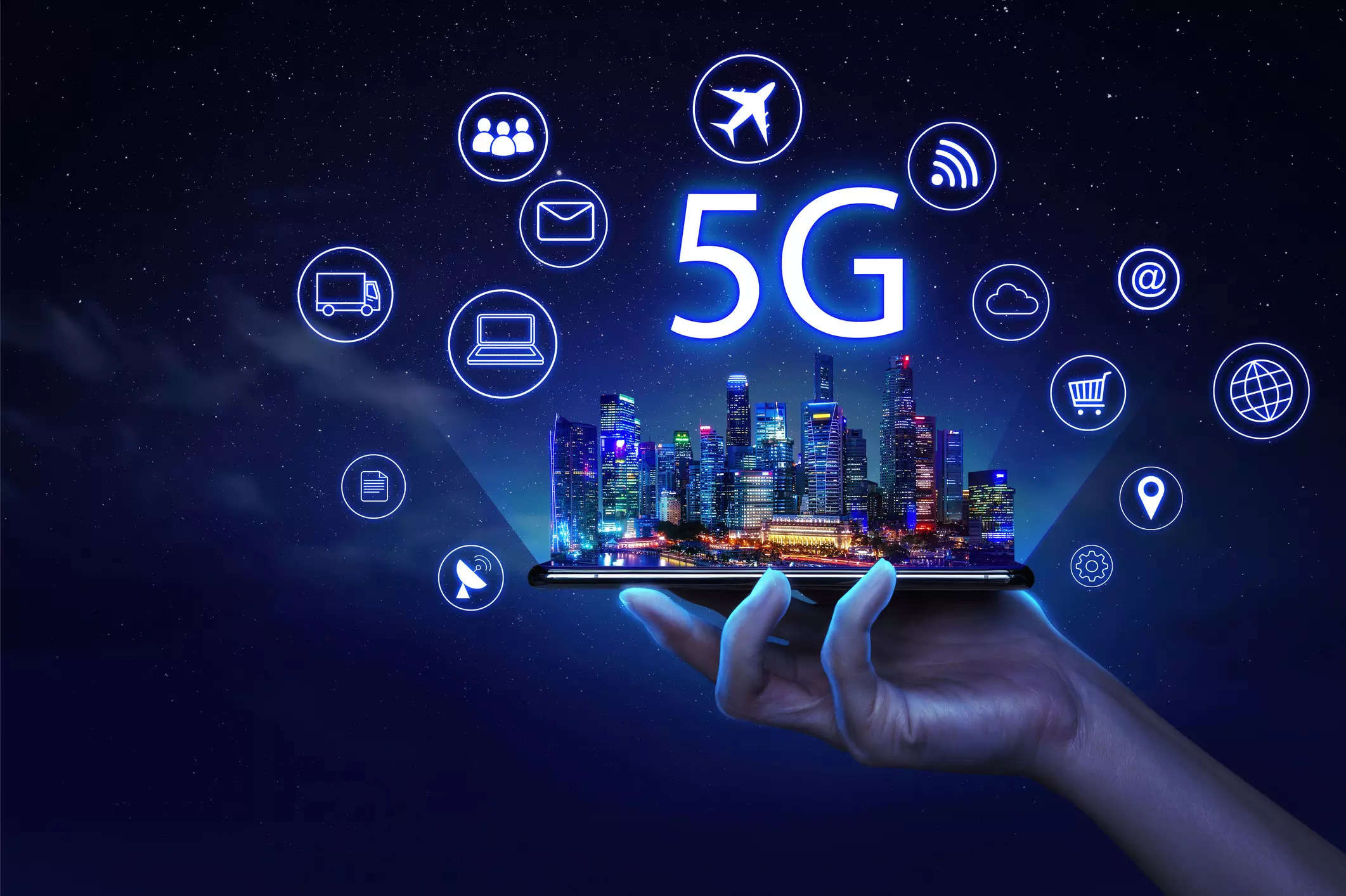News Blast Hub
Stay updated with the latest news and insights.
5G: The Next Big Thing or Just a Fancy Buzzword?
Discover if 5G is the revolutionary tech we’ve been waiting for or just another overhyped buzzword. Dive in to find out!
Understanding 5G: Separating Fact from Fiction
With the advent of 5G technology, many consumers and industry experts are buzzing with excitement about its potential to transform connectivity. However, amidst the enthusiasm, a cloud of misinformation often obscures the truth. One common myth is that 5G is merely an incremental improvement over 4G. In reality, 5G represents a significant leap in technology, offering higher speeds, lower latency, and the ability to connect a vastly larger number of devices simultaneously. This transformation paves the way for innovations such as smart cities, autonomous vehicles, and enhanced virtual reality experiences.
Another misconception is that 5G networks are inherently dangerous due to concerns about radiation exposure. In truth, extensive research conducted by health organizations has concluded that the radio frequencies used in 5G are well within safety limits established for public exposure. Furthermore, the implementation of 5G is designed with safety in mind, utilizing advanced technologies that minimize any potential health risks. As we delve into the 5G era, it's crucial to separate fact from fiction, fostering an informed understanding of what this groundbreaking technology truly represents.

Is 5G Really a Game Changer for Technology?
The introduction of 5G technology is often hailed as a revolutionary advancement that could significantly alter the technological landscape. Unlike its predecessors, 5G offers faster speeds, lower latency, and the ability to connect a greater number of devices simultaneously. This enhanced connectivity is not merely about faster internet for smartphones; it paves the way for innovations in various fields such as autonomous vehicles, smart cities, and the Internet of Things (IoT). As industries integrate 5G into their systems, the potential for new services and efficiencies expands, creating a ripple effect across the global economy.
However, the impact of 5G technology extends beyond just speed and connectivity. Considerations around security, infrastructure investment, and equitable access are critical to the successful implementation of this new standard. The transition to 5G will require substantial upgrades to existing networks and new regulatory measures to ensure that all communities can enjoy its benefits. As discussions around these challenges unfold, it becomes clear that while 5G could indeed be a game-changer, its success hinges on collaborative efforts across technology providers, governments, and society as a whole.
What Does 5G Mean for the Future of Connectivity?
The advent of 5G technology marks a significant leap forward in the realm of connectivity. With its promise of ultra-fast data transfer speeds and minimal latency, 5G is set to revolutionize how we interact with our devices. Imagine downloading a full-length movie in seconds or enjoying crystal-clear video calls without a hint of lag. Beyond just speed, 5G enables unprecedented connectivity for devices, paving the way for the Internet of Things (IoT) to flourish. This will allow various devices—everything from smart refrigerators to autonomous vehicles—to communicate seamlessly, enhancing convenience and efficiency in our daily lives.
Furthermore, the implications of 5G extend beyond personal use; they reach into various industries, transforming how they operate. Industries such as healthcare, manufacturing, and entertainment are poised to benefit immensely from this new technology. For instance, remote surgeries can become commonplace due to the reliable connection 5G offers, while manufacturers can implement advanced automation systems that rely on real-time data analytics. In entertainment, gamers can experience immersive virtual and augmented realities like never before. As we embrace 5G, the future of connectivity looks promising, offering countless opportunities for innovation and growth.